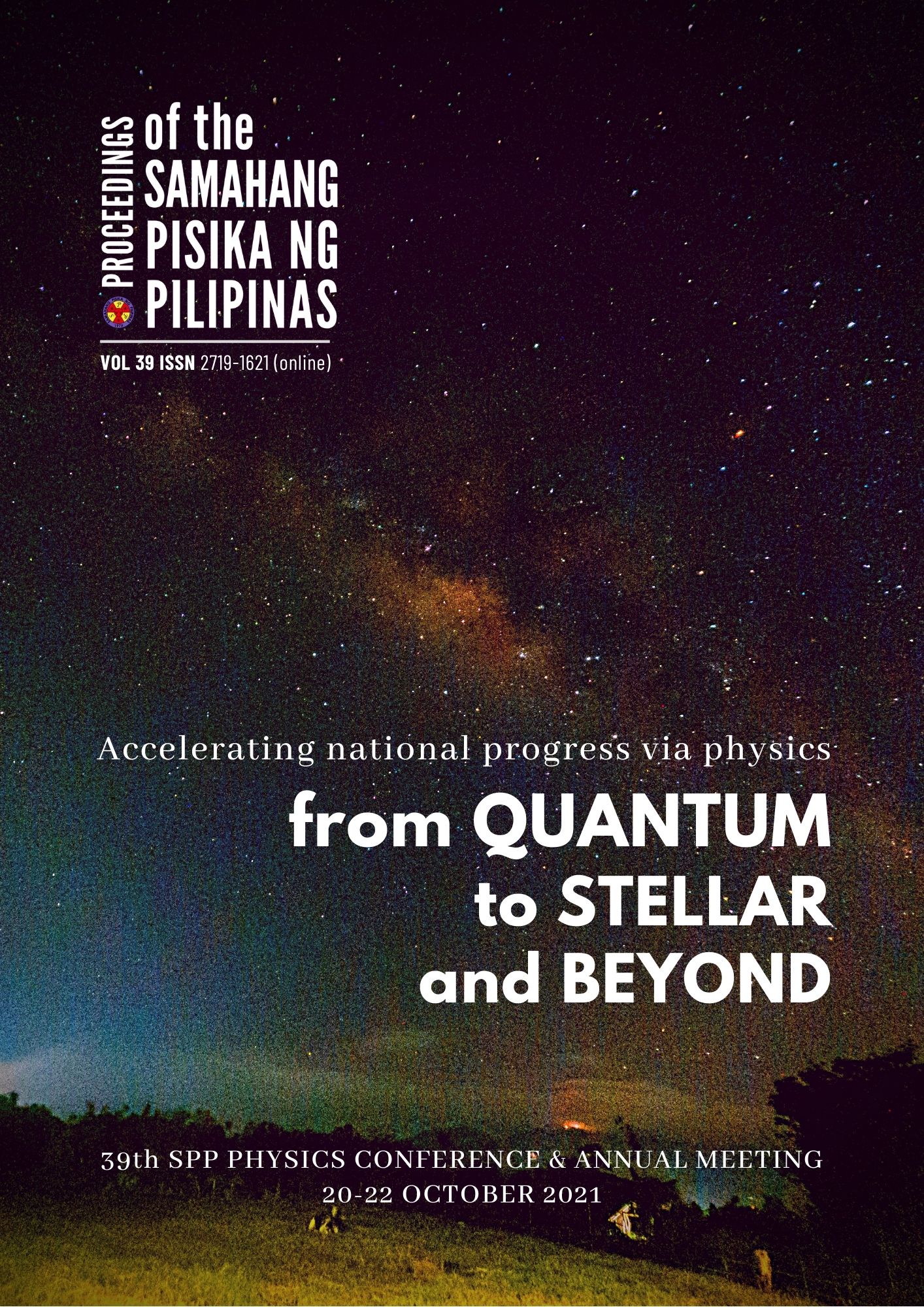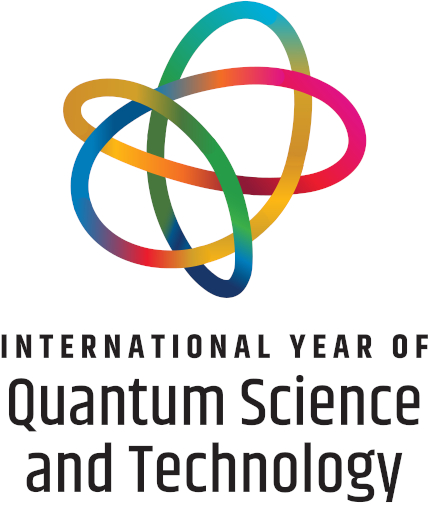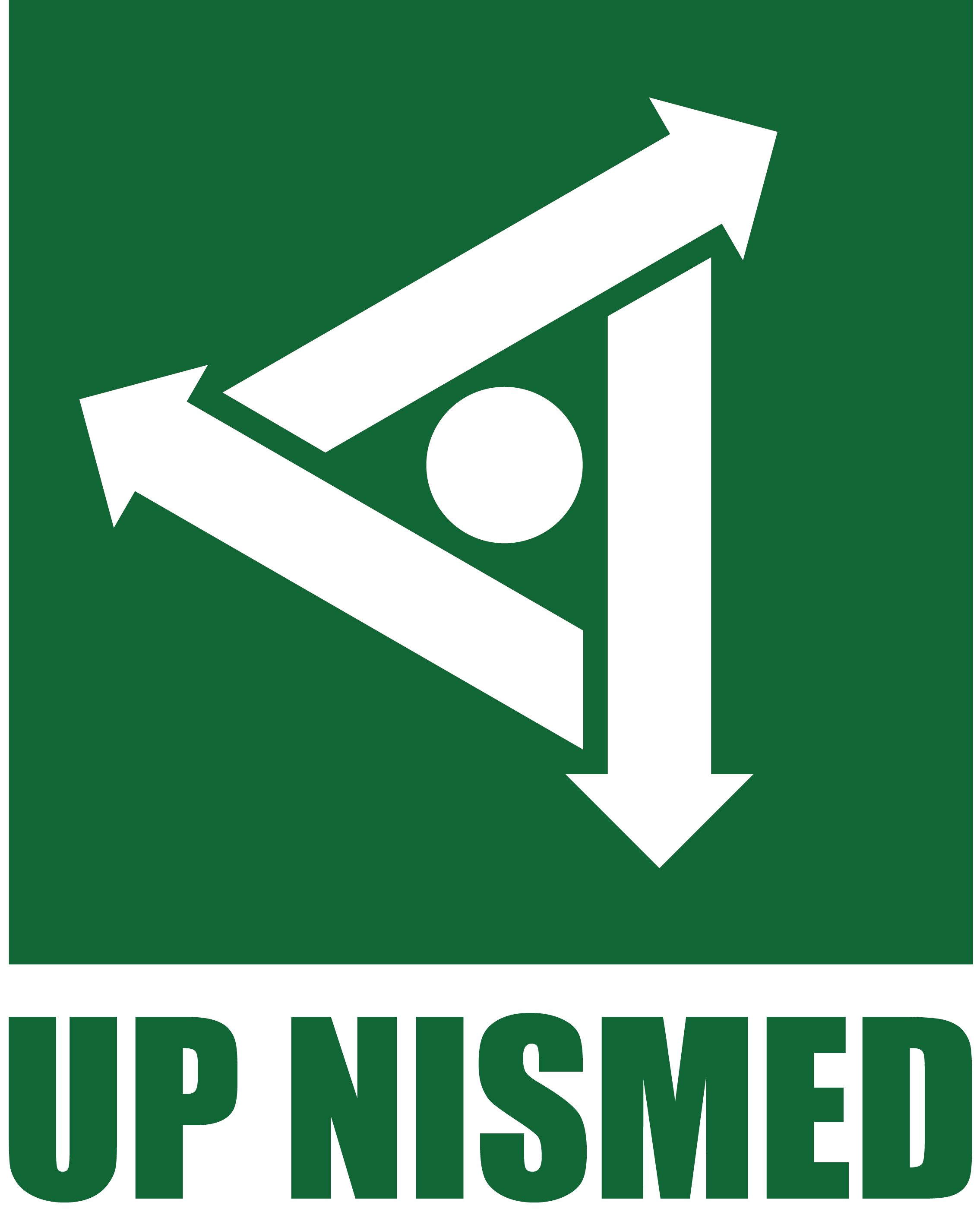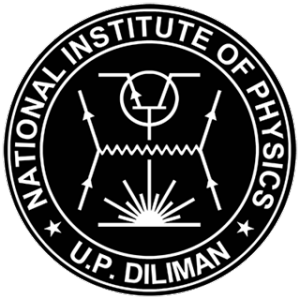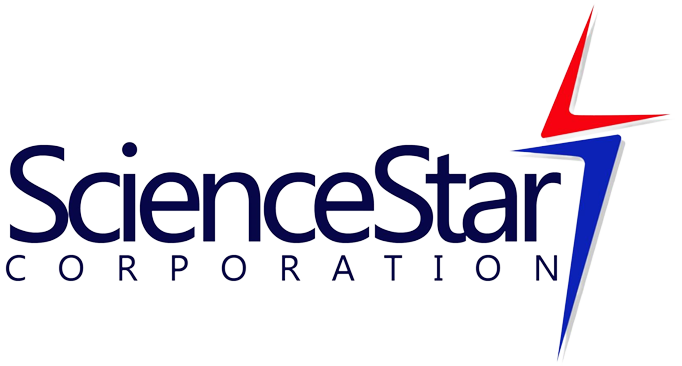Machine learning approach to the classification of hepatitis B surface antigen seroclearance in hepatitis B virus
Abstract
This study used an integrated machine learning (ML) classification technique to classify patients with or without seroclearance of hepatitis B surface antigen (HBsAg) using single nucleotide polymorphism (SNP). Bayesian optimization was employed for tuning the hyperparameter values of the random forest (RF) and support vector machine (SVM) models. Results showed that the incorporation of RF as a feature selection method to the SVM classifier yielded higher performance metrics than solely using the baseline models, with 80% accuracy, 79% precision, 80% sensitivity, and area under the curve (AUC) of 0.8. This paper demonstrated that the integration of ML models led to a more suitable analysis of SNP profiles for disease risk prognosis.
Downloads
Issue
Accelerating national progress via physics: From quantum to stellar and beyond
20-22 October 2021
Please visit the SPP2021 activity webpage for more information on this year's Physics Congress.

